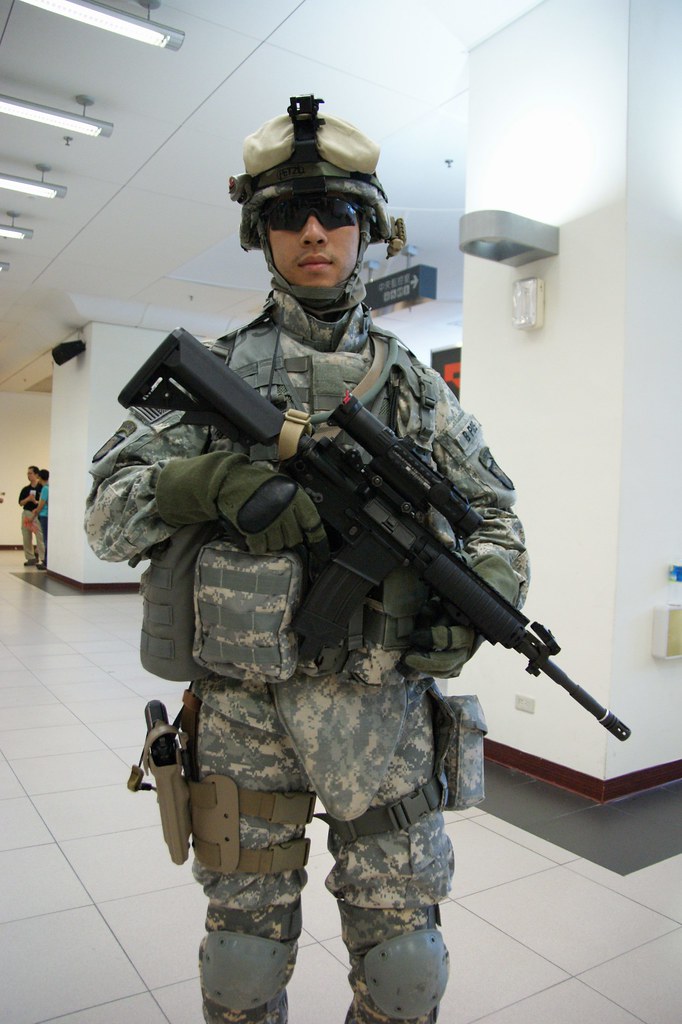

Blucher and his men played a significant role in the defeat of Napolean's Army at the Battle of Waterloo. The two leather flaps allowed for speedy battle prep and could be easily adjusted on the go, making life easier on all of his troops. The design resulted in a wider opening for the soldier's feet and made them more comfortable. The flaps didn't meet at the bottom, and each had opposing shoelace eyelets. The resulting half boot had two leather flaps below the ankles that could lace together. Developing a more straightforward shoe so his troops could get ready for action quicker. He commissioned a redesign of the standard-issue combat boot. The Blucher Shoeĭuring the Napoleonic War, Prussian officer Gebhard Leberecht von Blucher Furst von Wahlstatt noticed his men struggling with their boots. But most commentators agree that World War I secured the wristwatch as a classic piece of men's jewelry. Historians say that the idea of strapping little clocks to soldiers' wrists began during the Boer War. The wristwatch became a strategic tool in World War I as troops synchronized their attack formations based on pre-determined times. That changed in the late 19th and 20th Century wars when the gentleman's pocket watch evolved into the ubiquitous wristwatch. Society saw them as feminine accessories, worn on the wrist as ornamentation. Of all military-inspired men's clothing items, the watch is the only one borrowed from women.īefore the 20th Century, only women wore wristwatches.


 0 kommentar(er)
0 kommentar(er)
